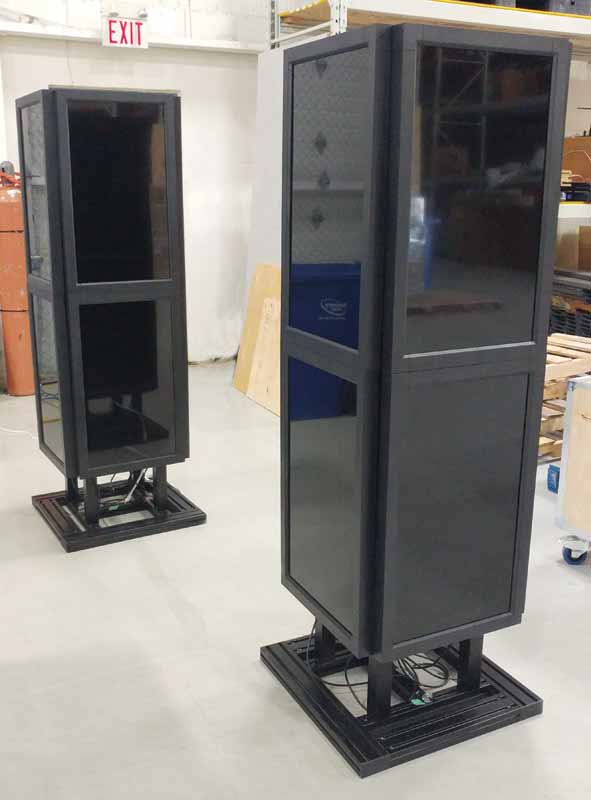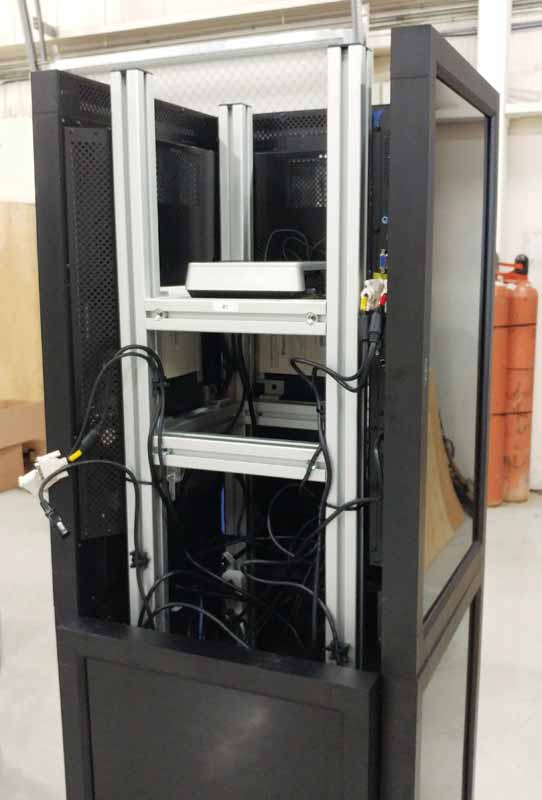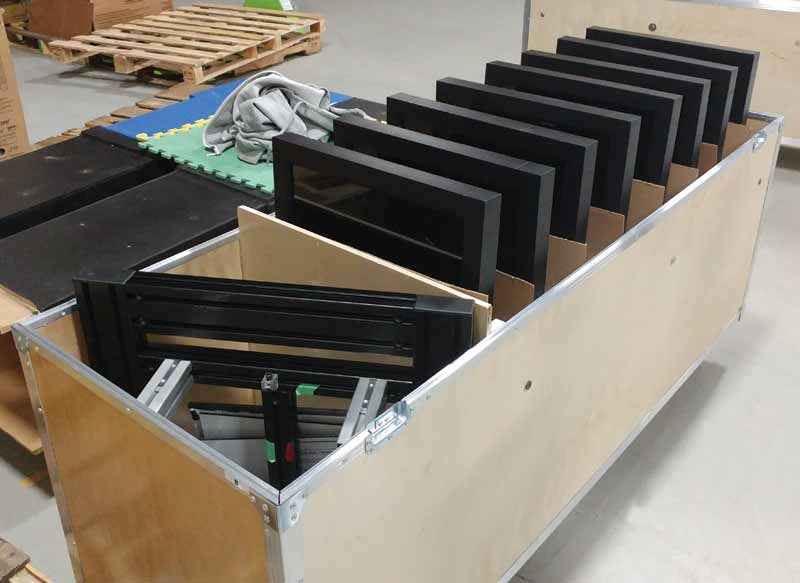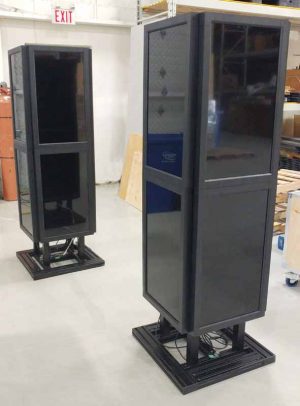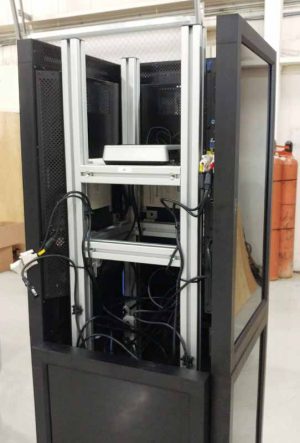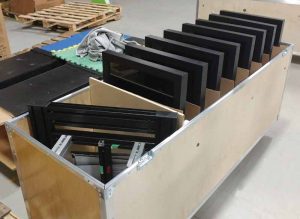Best lines of sight, ergonomics, and accessibility all play a part in choosing a location. Unfortunately, the audience is not all the same. That said, the following are some considerations one should consider to ensure the delivery of a clear message.
- Audience—who are they? What type of installation might they respond to best? This will potentially impact things like height of visuals and whether or not audio is used.
- Line of sight—unless the installation is audio only, one will want to examine the site to understand how the audience moves through the space. When will the intended audience be impacted by the installation? Is this engagement appropriate for the timing in their site journey?
- Ambient light—when thinking about the location it is important to understand how it appears at various times of the day. This is particularly important when it comes to ambient light. Sunshine across displays, unless they are high powered LED, will usually make the content difficult, if not impossible, to see.
- Sound—including audio components within an installation is an option that needs particular attention. Audio is a powerful sensory aspect of a presentation, but poor audio delivery is a sure way to disenfranchise the audience. On the other hand, audio can lead to frustration for anyone restricted to the location and having to listen to the same sounds repeatedly. Think about the “non-audience” such as staff within a retail space.
- Esthetics—an often misunderstood aspect of any AV installation is the final esthetics. Unfortunately, AV technology has wires and cables, usually a lot of them. None of them are particularly attractive when dangling in a visible space. Also, think about wall treatments or enclosures for displays.
By simply recessing them into a wall, for example, the installation takes on a new perspective. - Accessible for all—sadly, many AV installations do not consider audience members with special needs. Visual, motor, and audio impairment requires special considerations. An interactive kiosk that is positioned too high for wheelchair access is not well planned. Government and private agencies exist to provide advice on how to make things more accessible in a particular space.
- Passive or interactive—seeing a presentation is good, but remembering it is better. The use of interactivity, where appropriate, is more impactful then just passively viewing a presentation. Touchscreens are only one form of interactivity. Proximity sensors, interactive content (e.g. Twitter), lift-and-learn displays, and alternate input devices are other examples.
A final word
There are many other considerations that can influence an AV installation. Even those presented in this article can be explored much deeper. Perhaps as a final thought, one should keep the following in mind for any AV installation:
• plan it;
• communicate the plan;
• know who is on the team;
• know the goal;
• ask questions when unsure; and
• think about what will keep it working tomorrow.
Phil Catchpole CTS, DSCE, is a project manager for Dot2Dot Communications, a full-service visual communications company that designs, develops, and manages immersive digital signage experiences. For more information visit www.dot2dotcommunications.com.


